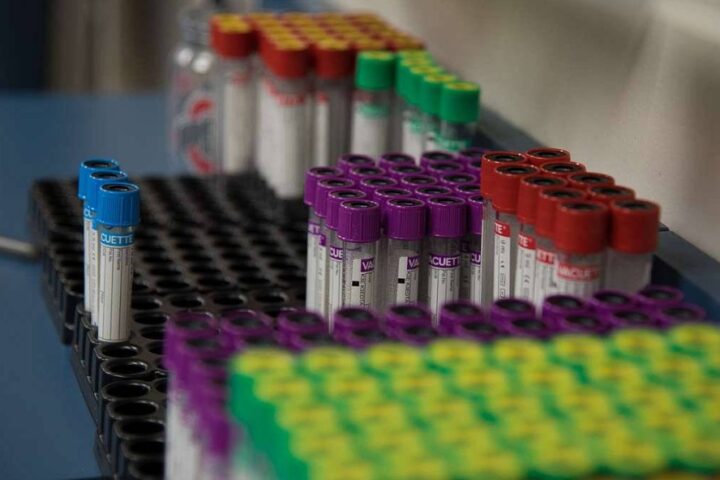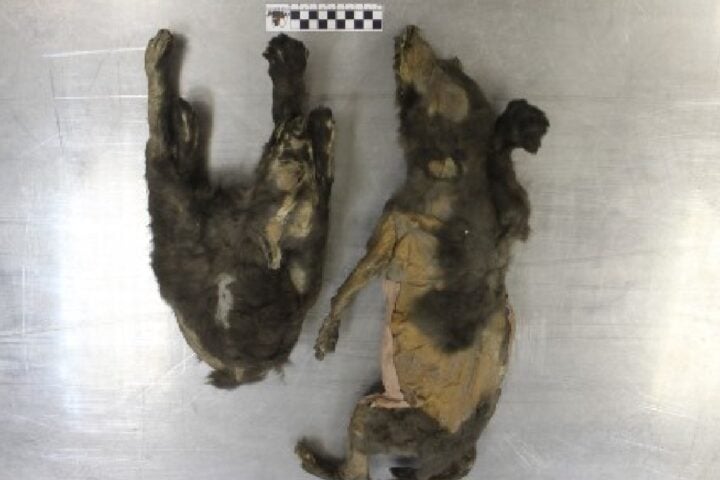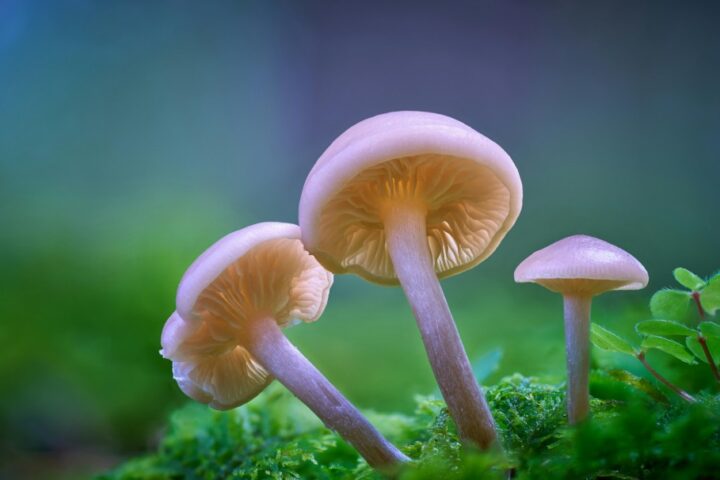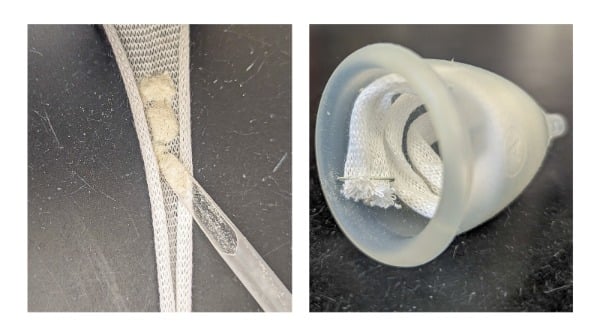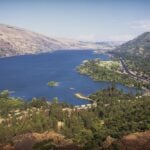Archaeologists have discovered a Wari ritual complex in south of Peru that predates 1,200 years back. The discovered complex boasts a D-shaped temple built on top of a platform and was situated in Pakaytambo, a place 600 km southeast of Lima. The ancient Wari civilisation controlled most part of modern day Peru from AD600 to AD1000, i.e. much before the Inca.
The research was headed by David Reid from the University of Illinois in Chicago. They used satellite imagery to figure out the temple. The excavation, photogrammetry and drones were later brought into use to study the site and create 3D models of the remains. Reid mentioned that the temple and the adjacent buildings would have been used by local communities to carry out Wari-sponsored ritual gatherings. He also stated that the temple was even used for political purposes and not just for religious purposes.
- Vancouver Transit Fares Rise 4% July 1—Single‑Zone $3.35, Three‑Zone Hits $6.60
- Air India Crash: Sabotage Angle Officially Probed in ‘One in a Billion’ Dual Engine Failure
- New Ovarian Cancer Drug Combo Shows 42% Response Rate vs 16% with Standard Therapy
- Blue Toenail Polish Helps UK’s Only Magellanic Penguin Colony Track Health of New Chicks at Blackpool Zoo
- 🔴Live Heatwave and Summer Updates: 40°C Heatwave Shuts 200 Schools, Burns 400 Hectares as Turkey-France Face Mass Evacuations
Pakaytambo will now add to the 30 known Wari D-shaped temple complexes that are spread across Peru. The Wari included people into their empire by sharing religious beliefs which also facilitated large-scale ceremonial events hosted by Wari elites.


